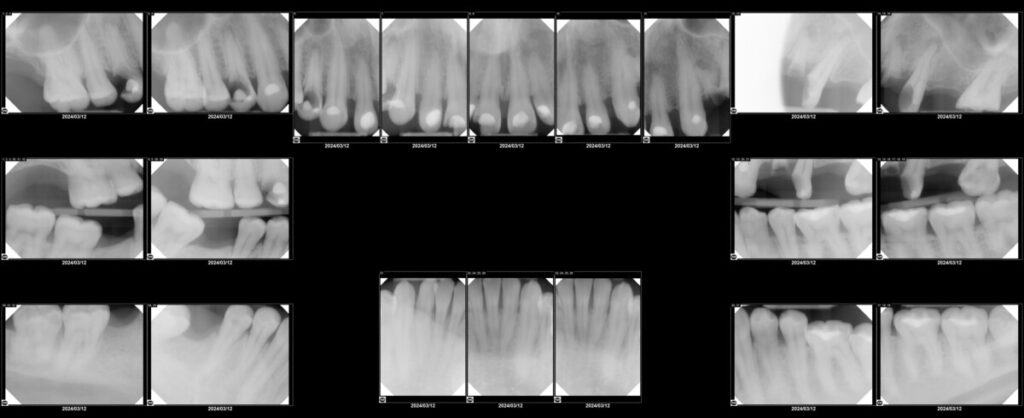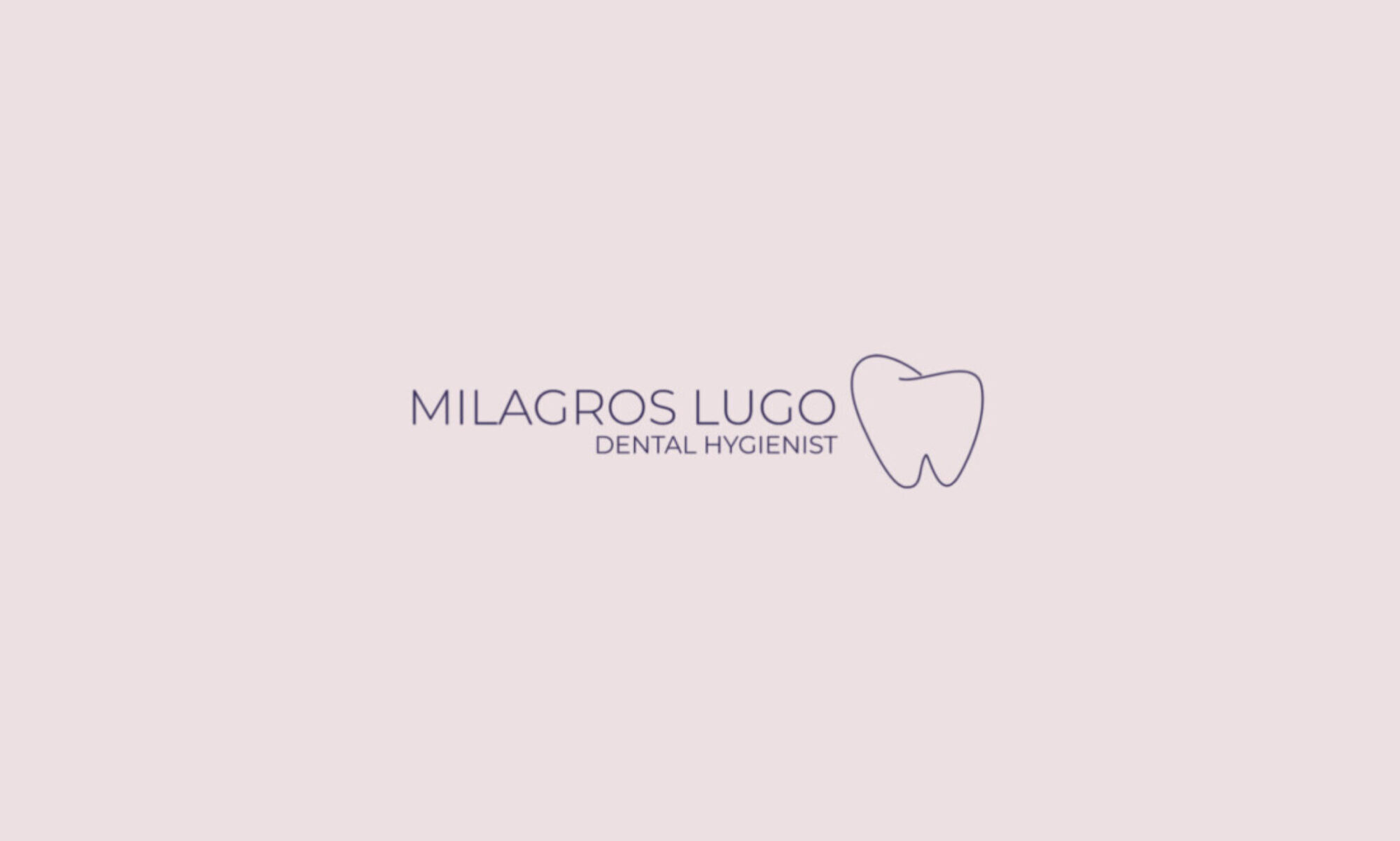33 year old, Hispanic Male presented to our dental hygiene clinic for a cleaning and stated his last professional cleaning was 8 years ago.
Medical History:
Upon reviewing his medical history, the patient stated he is not taking any medications, has allergies to nickel jewelry, and his last physical was over 10 years ago. The patients chief complaint was sensitivity experienced to cold and sweets in the posterior region. After reviewing the social and dental history, the patient reported drinking every other day as well as a vaping and smoking cigarettes and marijuana 4x/day. The patients last dental visit and radiographs were done in 2016. The patient reported his self care consisted of brushing once a day, flossing once in a while with a floss pick, and using Listerine Antiseptic mouth rinse once a day. The patients vitals presented to be normal: 114.78 P: 68.
The ASA classification was determined to be ASA 2 due to smoking and lack of recent primary care to determine any current systemic disease.
Assessment/Oral Findings:
EO/IO: An extra-oral examination was performed, revealing scarring from a rash around the patients neck. Clicking of the TMJ on the left side was also present-asymptomatic. The intro-oral examination revealed bilateral linea alba, bilateral mandibular tori, and a fistula about 5mm in size present above the apices of #5 facial.
Dental charting: The patients occlusion was a class 1 on the right side and a class 3 on the left side, with an overjet of 6mm and overbite of 5%. The patient also presented with multiple fractures clinically.
Gingival assessment: Assessment revealed the appearance of red gingival tissue, generalized rolled papillae with a spongy consistency and bulbous tissue localized to mandibular anteriors. Generalized severe inflammation with moderate to heavy bleeding upon probing was present.
Calculus detection: Heavy subgingival calculus with localized supragingival calculus along the mandibular anteriors.
Periodontal charting: The periodontal assessment revealed generalized 1-3mm PD with 4mm PD localized to the posterior regions.

Radiographic Findings: A full set of radiographic images were requested and exposed. Calculus was noted in localized areas. Radiographic evidence of decay and incipient caries were also noted. The images revealed generalized 15-33% horizontal radiographic bone loss with radiolucent periapical lesions present above #5, #12 and #13. All findings were discussed with the patient.
After all assessments were completed, the patient case value as well as perio status and a risk were determined to be a Heavy, Stage 2 Grade B with a high caries risk. The patient was given an adult referral for an updated physical, oral pathology, restorative care and carious lesions detected. The treatment plan was determined according to the patients needs that an additional 2 visits would be needed to complete the case. The patient declined to start his cleaning in the first visit due to leaving for work. The second appointment consisted of scaling quadrants 1 and 4 with the use of Oraqix (2.5% Lidocaine & 2.5% Prilocaine) as the patient declined local anesthesia. The 3rd visit consisted of re-evaluating the tissue of quadrants 1 and 4 and scaling quadrants 2 and 3. Every appointment included plaque index and oral hygiene instructions tailored to the patients needs; brushing at least 2x/day with the proper brushing technique, the proper flossing technique and type of floss at least once a day, and the use of an alcohol free fluoridated mouth rinse. This was emphasized with every visit.
The use of an intra-oral scanner was utilized as a tool for oral health education to involve the patient in what was going on intra-orally. Smoking cessation was also discussed. This resulted in the patient stating he is willing to stop completely and committed to his appointments, as well as demonstrated proper use of flossing and brushing techniques. The patient was ensured that no question was too small to ask and thorough answers were given until the patient felt comfortable every step of the way. Polishing and the application of fluoride varnish were performed.
Following the completion of this case, its complexity and challenges allowed me to gain insight on the different obstacles that we may face during treatment and how to determine the best course of action to effectively treat each individual case. Patient education played a valuable role in the treatment of each case. Being knowledgable enhances the patients motivation to take control and make a change, while knowing they are being supported every step of the way.



